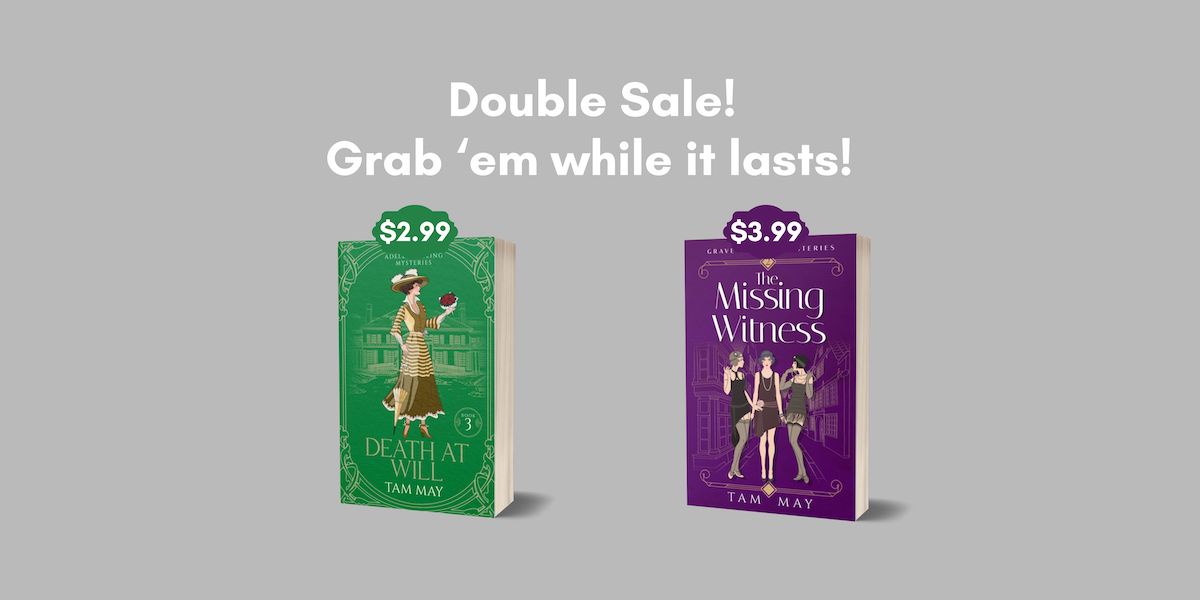
Photo Credit: Marilyn Monroe and Clark Gable in The Misfits, May 1961, from Radio-TV Mirror, McFadden Publications: Encyclopedias/Wikimedia Commons/PD US not renewed
A few weeks ago, I had the opportunity to review a book about classic Hollywood film director Robert Wise (you can find that blog post here). Reading this book reminded me of how much I used to love blogging about classic films. I haven’t done that in the last few years because I wanted to focus more on history related to my fiction, but the Wise book got my juices flowing again, so I’m putting classic film blogging back on my agenda.
Since this is Women’s History Month, and I’m celebrating the accomplishments of women in the 1950s and 1960s, I thought it would be fitting to blog about one of the most iconic movie stars of the mid-20th century who still haunts us today — the beautiful, talented and troubled Marilyn Monroe.
Monroe is best known for comedies in the 1950s such as Gentlemen Prefer Blonds (1953) and The Seven Year Itch (1955). But she also did a fair amount of dramas and excelled in them. In 1961, when she was married to Arthur Miller, she starred in The Misfits and gave what I consider the finest performance of her career. The film is a magnificent classic written by one of America’s premier playwrights (Arthur Miller) and stars, along with Monroe, some of Hollywood’s greatest actors (Clark Gable, Eli Wallach, Montgomery Clift, and Thelma Ritter). What fascinates me the most about this film is the way both Monroe and Clark Gable edge out of the kind of roles they had been used to playing for much of their careers.
I don’t think anyone would deny that, when it comes to the feminine prototype, Marilyn Monroe’s film persona is it. From her voluptuous figure to her child-like voice to her sensual gazes, Monroe embodied a fantasy for 1950s men that differed widely from the woman of the Occupation: “Housewife” era. The sensual babydoll was no weakling, though. She was in command of the men who admired and lusted after her, aware of what she had to offer as a woman and making the most of it. Similarly, Gable was the definition of masculinity in the 1930s and 1940s. His elegant pencil mustache and gruff manner and his readiness to throw a punch at any given moment defined what it was to be a “man’s man” not only in the pre-World War II era but in the years following the war.
In “The Misfits”, Monroe is something of the innocent but voluptuous baby doll while Gable is the gruff cowboy capable of bringing women to their knees even in his 60’s. But the characters they play are much more complex and move well beyond these stereotypes. Monroe shows us the darker side of the sexy babydoll that so captured the delight of 1950s viewers in films such as those mentioned above. Miller wrote the character of Roslyn Taber with Monroe’s own past in mind, and some of the more troubling aspects of Monroe’s life emerge in that character. One is Monroe’s paradoxical relationship with her mentally ill mother. In a scene following Taber’s divorce settlement, she becomes tearful thinking about her mother. One can imagine that, during this difficult time, Taber has a sudden wish for the maternal comfort she never got, and one wonders whether Monroe herself didn’t sometimes have the same wish for her mother, who was largely absent from her life, in and out of mental institutions.
As for Gable, the character of Gay Langland is much less pugnacious than some of the characters Gable played in the 1930s and 1940s. For example, in one scene, he assures Taber she might someday think of him as something more than a friend in such a good-natured way that it’s clear Langland isn’t a man who expects every woman to fall for him, and that his ego doesn’t depend on this. The man of iron also shows himself as vulnerable as the film progresses. In one scene, his drunken devastation at being unable to find his estranged grown children at a rodeo gives us a glimpse into some of his past regrets.
The 1960s, when The Misfits was made, was a time when the rigid definitions of the post-war gender roles were beginning to break down, which, I think, partly accounts for the way Taber and Langland are portrayed in this film. If you’re interested in reading about more characters whose ideas of gender already showed signs of changing in the 1950s, check out my short story collection, Lessons From My Mother’s Life.
And just for fun, here’s the trailer for The Misfits.
Want to explore the nooks and crannies of history that aren’t in the history books? Like social and psychological history and not just historical events? Want in on exclusive sneak peeks, giveaways, and surveys? Then sign up for my newsletter! You’ll get a free short story when you do.

